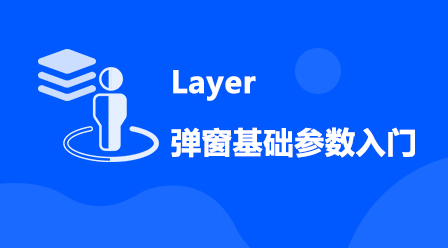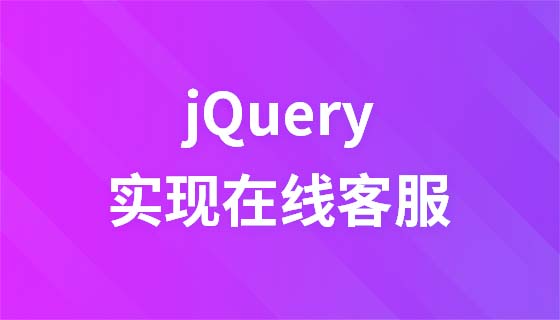如何处理vue开发中遇到的弹窗确认框问题
引言:
在Vue开发中,弹窗确认框是一个常见的功能需求。当用户进行一些关键操作时,比如删除数据、提交表单等,我们往往需要弹出一个确认框,让用户确认操作是有意义的,并防止误操作。本文将介绍如何处理vue开发中遇到的弹窗确认框问题。
一、使用element-ui组件库中的MessageBox组件
element-ui是一个基于Vue的UI组件库,提供了丰富的组件供我们在Vue中使用。其中,MessageBox组件可以方便地实现弹窗确认框的功能。
步骤如下:
以上代码中,MessageBox.confirm方法接受三个参数,分别是弹窗内容、弹窗标题和配置项。用户点击确认按钮后,会执行then中的回调函数;用户点击取消按钮后,会执行catch中的回调函数。
立即学习“前端免费学习笔记(深入)”;
二、自定义弹窗确认框组件
有时候,我们可能需要根据业务需求自定义弹窗确认框的样式和交互效果。这时,我们可以自定义一个弹窗确认框组件,并在需要使用的地方进行调用。
步骤如下:
创建一个名为ConfirmDialog的组件:
<template>
<div class="confirm-dialog">
<div class="content">{{ content }}</div>
<div class="buttons">
<button @click="confirm">确定</button>
<button @click="cancel">取消</button>
</div></div>
</template>
<script>
export default {
props: ['content'],
methods: {
confirm() {
// 用户点击了确认按钮,执行确认操作
this.$emit('confirm');
},
cancel() {
// 用户点击了取消按钮,执行取消操作
this.$emit('cancel');
}}
}
</script>
<style scoped>
.confirm-dialog {
/ 自定义样式 /
}
.content {
/ 自定义样式 /
}
.buttons {
/ 自定义样式 /
}
</style>
在父组件中使用ConfirmDialog组件:
<template>
<div>
<button @click="showConfirmDialog">点击确认按钮</button> <ConfirmDialog v-if="showDialog" :content="dialogContent" @confirm="handleConfirm" @cancel="handleCancel" />
</div>
</template>
<script>
import ConfirmDialog from './components/ConfirmDialog';
export default {
components: {
ConfirmDialog
},
data() {
return {
showDialog: false,
dialogContent: ''
}},
methods: {
showConfirmDialog() {
this.showDialog = true;
this.dialogContent = '确定要执行此操作吗?';
},
handleConfirm() {
// 用户点击了确认按钮,执行确认操作
this.showDialog = false;
},
handleCancel() {
// 用户点击了取消按钮,执行取消操作
this.showDialog = false;
}}
}
</script>
在以上代码中,我们使用了一个showDialog的变量来控制是否显示弹窗。点击确认按钮时,我们执行handleConfirm方法;点击取消按钮时,我们执行handleCancel方法。
总结:
本文介绍了两种处理Vue开发中遇到的弹窗确认框问题的方法。使用element-ui的MessageBox组件可以方便地实现弹窗确认框的功能,而自定义弹窗确认框组件可以更灵活地满足业务需求。在实际开发中,我们可以根据具体情况选择合适的方法来处理弹窗确认框问题。
以上就是Vue开发中处理弹窗确认框的方法的详细内容,更多请关注php中文网其它相关文章!

每个人都需要一台速度更快、更稳定的 PC。随着时间的推移,垃圾文件、旧注册表数据和不必要的后台进程会占用资源并降低性能。幸运的是,许多工具可以让 Windows 保持平稳运行。




Copyright 2014-2025 https://www.php.cn/ All Rights Reserved | php.cn | 湘ICP备2023035733号